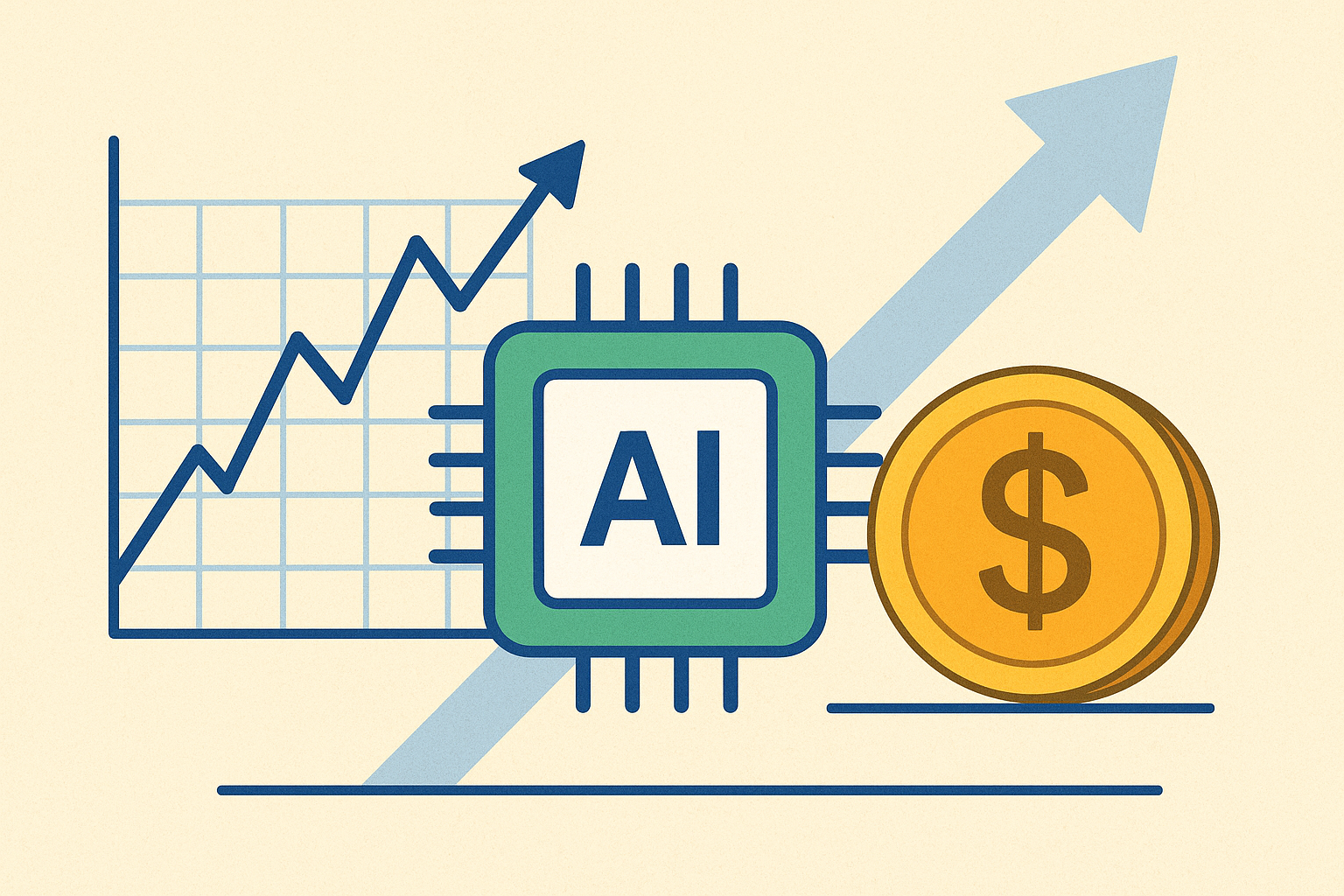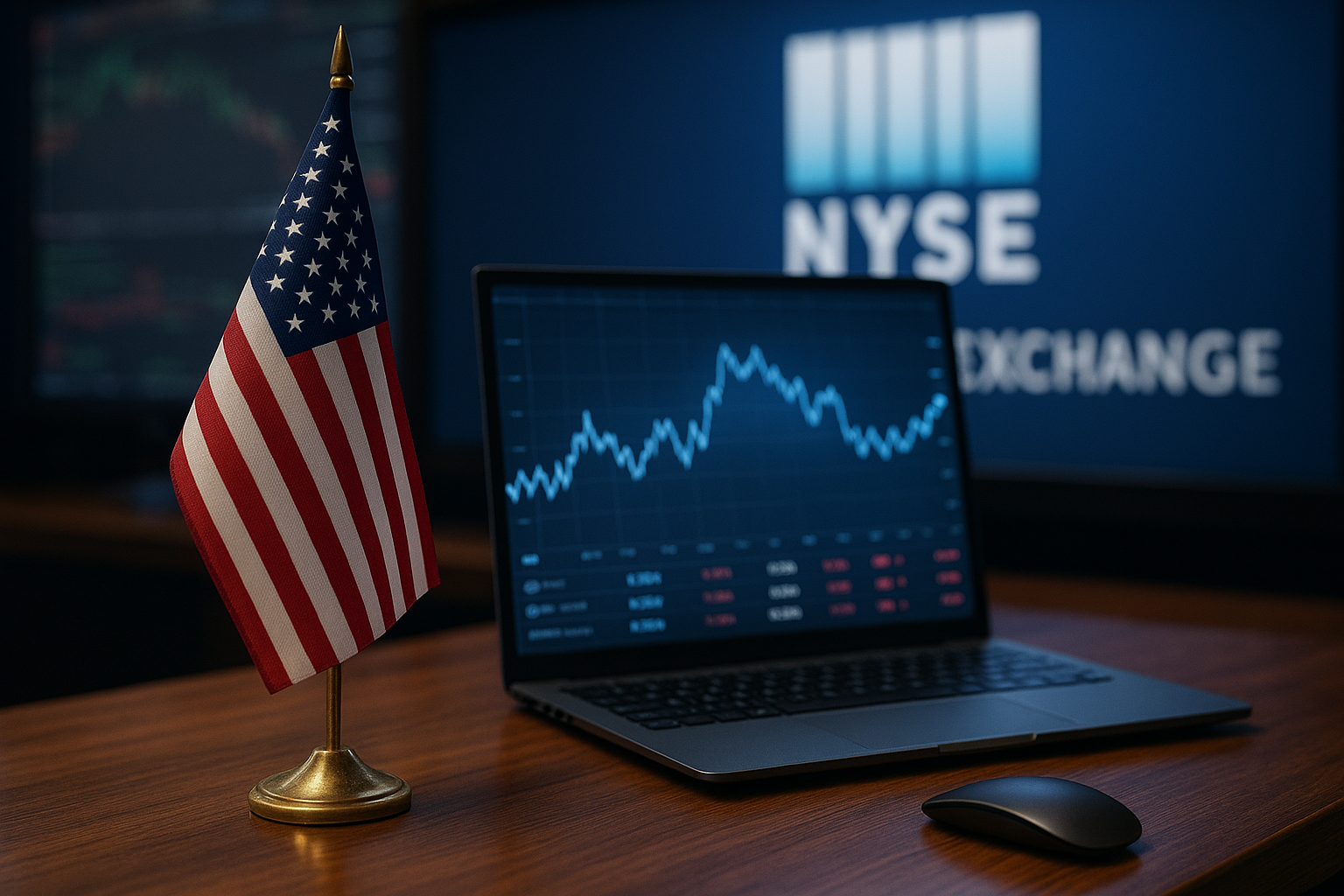Global equities entered Friday with renewed optimism as Wall Street’s tech rally, fueled by Nvidia’s blockbuster earnings, spilled over into Asia. U.S. indices notched fresh record highs, while investors shifted focus toward next week’s U.S. inflation data that could determine the pace and scale of expected Federal Reserve rate cuts. With futures markets pricing in an 86% probability of a September cut, according to CME FedWatch, the balance between enthusiasm and caution is once again on the table.
Wall Street’s Tech Surge Spills Into Asia
Nvidia’s earnings beat was the catalyst that reignited investor appetite for growth and AI-linked equities. The company, a cornerstone of the artificial intelligence boom, posted robust quarterly results with revenue and guidance topping expectations. That momentum lifted the Nasdaq to record highs and pushed the S&P 500 further into uncharted territory.
Asian markets mirrored the optimism. Japan’s Nikkei gained modestly in early trading, while Hong Kong’s Hang Seng also advanced as tech shares rallied. South Korea’s KOSPI, heavily influenced by chipmakers, registered gains on the back of heightened expectations for continued AI demand.
The enthusiasm underscores how one company’s performance—particularly a global bellwether like Nvidia—can ripple across continents and asset classes. The tech rally reinforced investor conviction in AI’s staying power as a multi-trillion-dollar theme shaping both U.S. and Asian markets.
The Fed, Inflation, and the Rate Cut Countdown
While equity markets are basking in optimism, attention quickly shifts to the upcoming U.S. Personal Consumption Expenditures (PCE) index, the Fed’s preferred inflation gauge. Analysts polled by Reuters anticipate core inflation to ease slightly but remain above the Fed’s 2% target.
The market is currently pricing in an 86% chance of a September rate cut, with further cuts expected into 2026. Ed Yardeni, president of Yardeni Research, cautioned in comments reported by MarketWatch that rate cuts in an already strong economy risk overstimulating markets and fueling complacency. “The Fed may be stimulating an economy that doesn’t need it,” Yardeni noted, pointing to record equity valuations and robust corporate earnings.
For investors, this raises a dilemma: while cheaper capital can extend the bull market, it may also inflate bubbles, particularly in sectors already trading at lofty multiples.
Why This Matters for Investors
- AI Remains the Market Driver: Nvidia’s results reaffirm the strength of the AI investment cycle. Companies tied to semiconductors, cloud infrastructure, and data-center demand are positioned for sustained growth. Investors should track earnings reports from related firms like $AMD, $TSM, and $MSFT.
- Monetary Policy at a Crossroads: Rate cuts may provide short-term fuel for equities but come with longer-term risks. Overstimulation could drive mispricing in risk assets, raising vulnerability to shocks if inflation reaccelerates.
- Regional Correlations Are Strengthening: The reaction in Asia highlights how global markets are increasingly tied to U.S. earnings and policy. Investors with exposure to emerging Asian markets should watch U.S. tech closely as a lead indicator.
Future Trends to Watch
- Inflation Data Next Week: The PCE report will likely determine the Fed’s September move. A hotter-than-expected print could dampen cut expectations and reverse some recent equity gains.
- Valuation Pressures: The S&P 500 is trading at more than 21x forward earnings, above its long-term average. Any disappointment in earnings or macro data could prompt corrections.
- Safe-Haven Flows: Gold’s outperformance alongside equities suggests a hedge mentality remains. Investors are seeking protection even while markets rally—an important signal of underlying caution.
Key Investment Insight
While AI-driven momentum and rate-cut optimism create fertile ground for equities, investors should avoid overexposure to high-valuation tech names. Diversification into defensive sectors—such as utilities, healthcare, and consumer staples—may provide balance if inflation surprises on the upside or the Fed alters its trajectory. Maintaining exposure to gold or cash equivalents could serve as a prudent hedge against policy missteps or geopolitical shocks.
Staying nimble will be crucial in the weeks ahead. Markets are celebrating Nvidia’s strength and the promise of lower rates, but the PCE report could quickly change sentiment. Investors should be prepared to pivot portfolios depending on the data and the Fed’s messaging.
For daily market insights, analysis, and actionable investor updates, continue following MoneyNews.Today—your trusted source for breaking financial news that matters.





